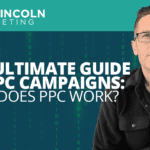What is Marketing Attribution? (And Why You Should Care)
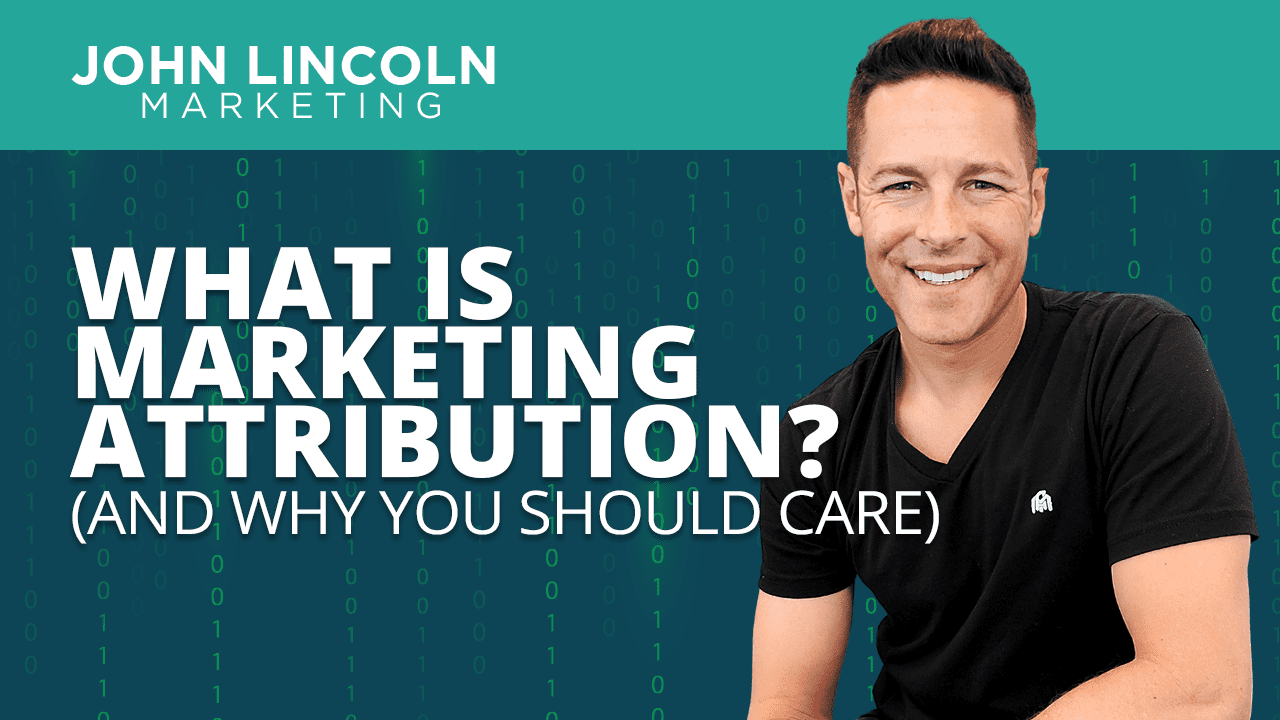
In this guide, I’ll answer that question.
More importantly, though, I’ll explain how you can use marketing attribution to maximize your revenue stream.
Marketing Attribution: The Definition
Attribution, simply put, is the process of associating a metric with a particular ad platform.
But what’s the significance of making that association?
You need that information if you want to optimize your online marketing strategy. I’ll explain with an example.
Let’s say somebody visits your website and makes a purchase. That must mean you’re doing something right with your digital marketing.
Okay. So what are you doing right, exactly?
You may advertise your website on multiple ad networks. Perhaps you’re using search, Google Display, and some native ad platforms.
Where did the visitor in the example above learn about your product? And which one of those ads included the “hook” that helped make the sale?
You need the answer to those questions if you want to double down on what works.
And that’s what attribution is all about. Collecting data on the ad networks that are reeling in visitors who ultimately become customers.
Understanding Marketing Attribution: Which Ad Gets Credit?
One problem with attribution is whether to credit a view for bringing people to your site versus a click.
So-called view-through conversions happen when people view your ad but do not click on it. Yet those folks later visit your site and make a purchase.
Click-through conversions, on the other hand, happen when people view your ad, click on it, and make a purchase.
Do you see the difference? With view-through conversions, you’re relying more on brand-name recognition. With click-through conversions, you’re relying more on the persuasiveness of the ad to bring people to your site immediately.
That difference poses a challenge because different platforms use different attributions. Facebook, for example, uses view-through conversions. Google Analytics uses click-through conversions.
By the way: sometimes you’ll see click-through conversions referred to as “last click” conversions. That just means that the most recent click that brought the person to your site to make a purchase gets the credit for the conversion.
So how do you deal with those different attribution models?
Linear Attribution
One way to handle multiple attributions is to use something called linear attribution.
Linear attribution involves counting everything that a person saw or clicked with equal credit for the ultimate conversion.
So let’s say somebody visits your site after seeing a Google display ad but doesn’t make a purchase. Then later that same person visits your site after seeing a search ad and makes a purchase.
In that case, each of those ads gets 50% credit for the sale.
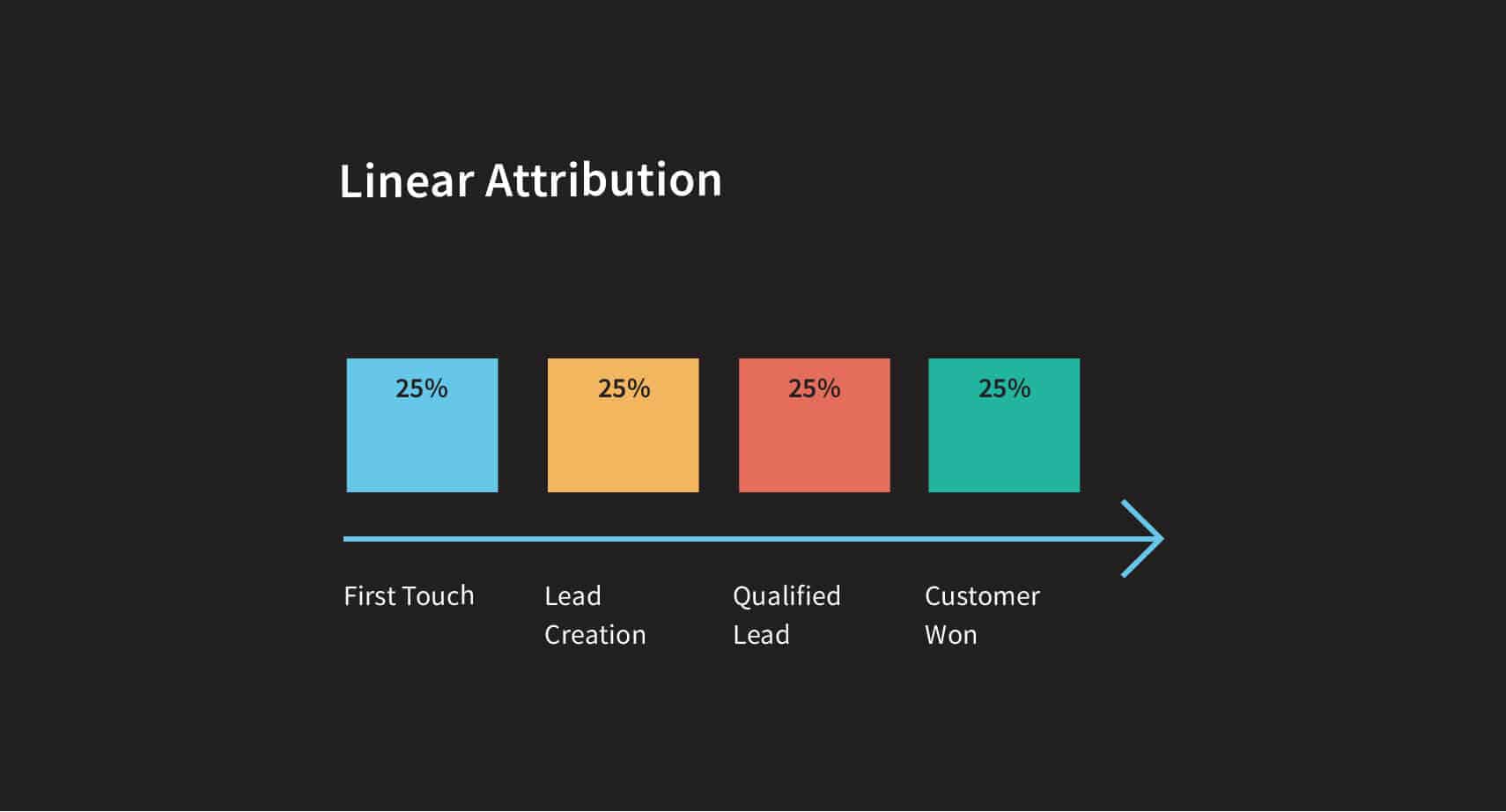
Weighted Attribution
Another way to deal with different touch points is with a weighted attribution model.
In that case, you might give the first “touch,” or the first time somebody takes action on one of your ads, a little more credit. That is, after all, the first time that the person engaged with your brand.
But other marketers like to give the last touch more credit. That’s when the user makes the purchase.
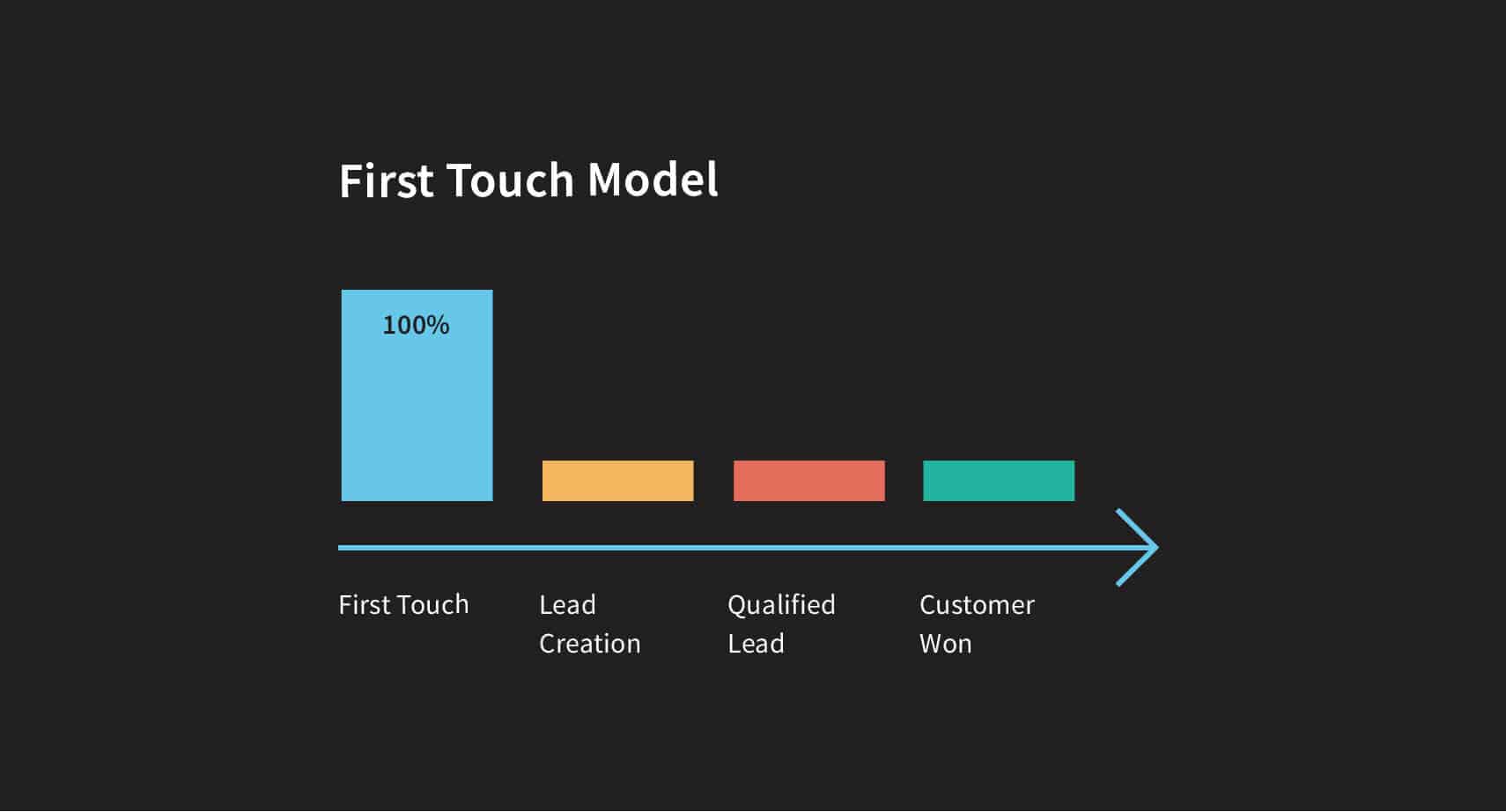
What’s the Best Option?
So when it comes to attribution in marketing, which option should you pick?
The answer is yes.
I like to look at all of it. That’s because in marketing there’s often more than one reason that people end up converting.
Hop into Google Analytics and check out the multi-funnel report. That will show you every touchpoint within a single conversion.
I’ve also found that the first touch and last touch carry special significance. Recall any psychology 101 class and the law of primacy and recency (people remember their first interactions and their most recent interactions).
Without paying attention to that first touch, you won’t give proper marketing attribution to that first channel that first introduced your business to the customer.
And if you ignore the last touch, you’re disregarding the final point of contact that contributed to the sale.
Key Takeaway
The key takeaway when it comes to attribution in marketing is to ensure that you’ve set up your ad platforms so that you can track the customer journey all the way from the first interaction to the point of purchase.
Also, if you’re tracking customer interactions from a lead generation perspective, be sure to track:
- Marketing Qualified Leads (MQLs)
- Sales Qualified Leads (SQLs)
Your sales department will provide you with that second batch of potential customers. Make sure you track the folks who actually make a purchase.
Marketing Attribution From an Ecommerce Perspective
Marketing attribution is a little different with ecommerce than it is with a business that uses outbound calls to find customers.
Usually, with ecommerce you’re looking at direct conversions.
But it’s still critical that you look at every single step in the journey. You want to know how people learned about your business and why they eventually decided to buy.
Wrapping It Up
There you have it. A brief overview of attribution in digital marketing.
If you’re not yet committed to learning everything you can about the customer journey from initial contact all the way to your shopping cart, why not make some changes today?
Sit down with your marketing team. Determine the best type of attribution for your business. And start gathering more data.
Then, optimize your ad strategy.
Welcome To John Lincoln Marketing
Welcome to John Lincoln’s personal website. You can learn about John Lincoln’s books, films, book him to speak and contact him. John is directly associated with many of the businesses mentioned on this website and freely discloses this information.
About the Author

John Lincoln is CEO of Ignite Visibility, one of the top digital marketing agencies in the nation. Ignite Visibility is a 6x Inc. 5,000 company. Ignite Visibility offers a unique digital marketing program tied directly to ROI with a focus on using SEO, social media, paid media, CRO, email and PR to achieve results. Outside of Ignite Visibility, Lincoln is a frequent speaker and author of the books Advolution, Digital Influencer and The Forecaster Method. Lincoln is consistently named one of the top digital marketers in the industry and was the recipient of the coveted Search Engine Land “Search Marketer of The Year” award. Lincoln has taught digital marketing and Web Analytics at the University of California San Diego since 2010, has been named as one of San Diego’s most admired CEO’s and a top business leader under 40. Lincoln has also made “SEO: The Movie” and “Social Media Marketing: The Movie.” His business mission is to help others through digital marketing.
Get Social
Contact John Lincoln
Want to get in touch with John Lincoln? Click Here To Reach Out.
Related Posts
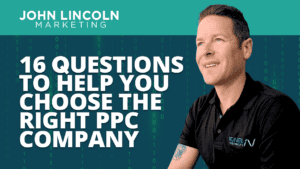
Top 16 Questions to Ask a PPC Company in 2024
In 2024, choosing the right PPC company is not just about spending your advertising budget. You want to make every cent count towards your business
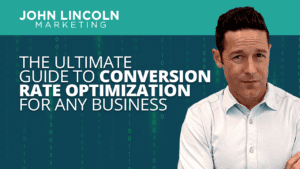
The Ultimate Guide to Conversion Rate Optimization for Any Business
Whether you’re a seasoned marketer or just starting out, conversion rate optimization (CRO) is a powerful tool that can boost your sales, leads, and overall

16 Questions to Help You Choose an SEO Company
Feeling overwhelmed by the sea of SEO companies out there? You’re not alone! Choosing the right partner is crucial for achieving your online marketing
